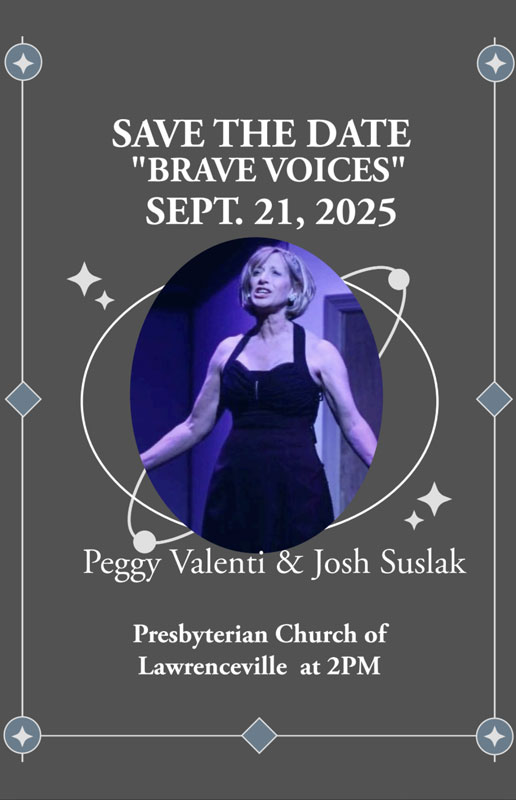Conquering Anxiety
By Wanda Sevey, Director and Instructor for Council for Relationships
Living with fear and its lesser demon, anxiety, is uncomfortable at best and at worst, miserable. One of obstacles to reducing anxiety and fear that anxiety so uncomfortable we try to avoid it. We don’t talk about it, we push it down, we try to pretend it’s not there. We may even eliminate the people, places and things that make us anxious until our world gets smaller and smaller.
It may seem strange but the best action we can take when we’re anxious is to move toward what is making us anxious.
I grew up inland so my idea of swimming is a mountain lake, surrounded by forest. Throw in an inner tube to float on and that’s my idea of fun in the water. When I moved an hour from New Jersey beaches I had a lot to learn. When I first walked chest deep into the ocean and saw a wave coming toward me, I turned and ran back toward the beach as fast as I could. It seems a little ridiculous now. It’s impossible to outrun a wave. It took several poundings from incoming waves before my friends on the beach took pity and gave me a few hints. When you’re waist deep in and facing an incoming wave you can float over it, you can dive under it or you can ride in on it. The one thing you cannot do is run from it.
Anxiety is like a wave coming toward you. You might want to turn and run but the best thing to do is turn toward it. But have a strategy in mind:
- You can float over it by learning some ways to relax your body and mind. It’s a physiological truth that when your body and mind are relaxed that you will feel more calm and ready to face the wave. Use your relaxed body and mind to reassure yourself that you can float over the anxious situation and soon it will be behind you. An easy way to learn to relax is to try mindfulness based stress reduction. My favorite app is www.headspace.com. Downloading the app gets you free instruction on how to practice calming yourself.
- You can dive under it. Another approach to help you with anxiety is to dive underneath the surface and see what you can discover there. You might find out that your anxiety is connected to reactions and thoughts from past experience that are no longer relevant in your life as an adult. Once you discover the possibly irrational thoughts underneath the fear, you can replace those thoughts with more rational choices based on your current circumstances.
- You can ride it in. I sometimes watch kids on the beach learn to ride the waves on their boogie boards. They start close to the water’s edge and learn to skim on the shallow water. Then they move out deeper and deeper as they improve. In the same way, you can ease slowly into facing your anxiety. We call this “desensitization.” If you’re afraid of flying, you can start by looking at pictures of planes, then going to the airport and watching the planes to off and land. In formal programs for people who are afraid to fly, you even sit in a plane on the runway for awhile. Finally, you work up to actually taking a flight. If you want to get started on your own, you can pick up the excellent book, Feeling Good by David Burns. It has a good explanation of this approach with many self help exercises.
It might seem counterintuitive for you to face your anxiety instead of avoiding it. The truth is that avoiding your anxiety just makes it worse. It doesn’t solve any problems you might be facing and the problems can even get bigger the longer you avoid them. With a few simple tools you can turn your life around and who knows and even have some fun riding the waves of success.
Are you wrestling with anxiety? Why not meet with a therapist? Click here for more information.
Council for Relationships is our partner with the New Directions Center. The New Directions Center offers affordable counseling services to our community and seeks to promote mental health education and awareness.


